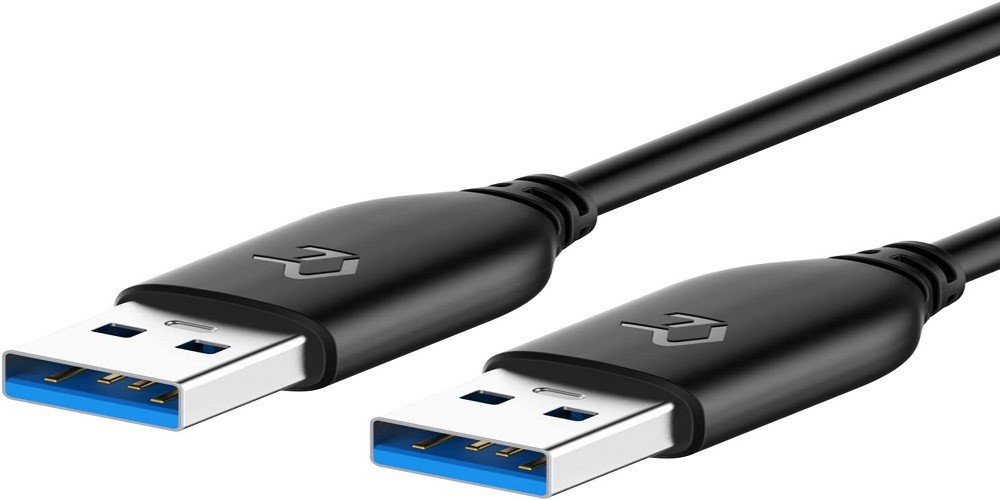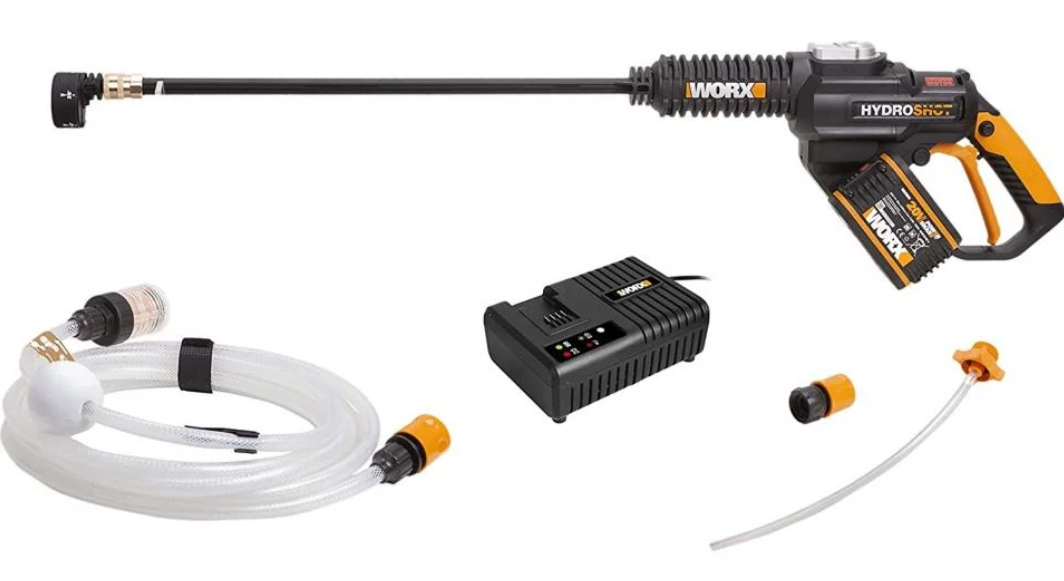USB 3.0 is also known as SuperSpeed USB. It belongs to the third generation of the Universal Serial Bus standard. The Linux kernel starting with version 2.6.31, has had supported this standard USB since 2009. The Windows 8 was the first Microsoft operating system with integrated support for USB 3.0.
This USB can transmit data at the greatest rate of 5 Gigabits per second. Due to this ability, it is ten folds faster than USB 2.0. USB 3.0 offered by cakeycn.com is perfect for connecting the following devices to a PC through a SS USB Port:
- External hard drive
- An audio interface
- Few other computer peripherals
USB 3.0 Connectors types
The USB 3.0 cable or flash drive has a male connector and a female connector. The male connector is a plug, while the female connector is called the receptacle. There are four major types of USB 3.0 Connectors.
USB Type-A
USB type-A connectors are officially known as USB 3.0 Standard-A. These USB connectors possess a simple rectangular type appearance parallel to the plug at the ending of a flash drive. The plugs and receptacles of USB 3.0 Type-A are physically well-matched with those from USB 1.1 and USB 2.0.
USB Type B
These are also known as USB 3.0 Standard-B and USB 3.0 Powered-B connectors. These connectors are square with a huge notch on the apex. These connectors are frequently present on printers and other big devices.
The USB 3.0 Type B plugs are not compatible with Type B’s receptacles from older USB standards. However, there is compatibility between the plugs from those older standards and USB 3.0 Type B receptacles.
USB Micro-A
These are rectangular connectors with “two-part” plugs. These connectors are usually found on many smartphones and comparable handy devices.
Plugs of USB 3.0 Micro-A connectors are only well-matched with receptacles of USB 3.0 Micro-AB. However, older plugs of USB 2.0 Micro-A will perform in receptacles of USB 3.0 Micro-AB.
USB Micro-B
These are very similar to their Micro-A counterparts. These connectors are usually found on parallel devices. Compatibility exists between USB 3.0 Micro-B plugs and USB 3.0 Micro-B receptacles and receptacles of USB 3.0 Micro-AB only.
Specifications of USB 3.0
USB 3.0 has been modified in several ways to fulfill the huge demands of peripheral devices. Some of the unique properties of USB 3.0 are mentioned below.
Transfer Rate
USB 3.0 offers a pragmatic transfer rate of approximately 3,200 Mbps or 3.2 Gbps. It possesses a 4.8 Gbps theoretical top signaling rate.
Data Transfer
Full duplex data transfer or bi-directional data transfer was introduced by USB 3.0. Its 2-5 lanes are reserved for transmitting data. While it’s an additional pair is devoted to receiving data. It means that USB 3.0 is capable of reading and writing data simultaneously at full speed.
Power
Its unit load has been amplified to 150 mA. It can be used for faster recharging or powering more than four devices from a single hub.
Physical Appearance
It has a sturdy physical appearance that supports its functioning. USB 3.0 is thicker than USB 2.0 as it contains four more wires. It comprises an extra set of connectors. The plug, though, is a dead giveaway for this device.
Conclusion
If you are looking for a USB that can perform effectively, you must go for USB 3.0. Due to its greatest power, it consumes less energy. It is also well-liked due to its faster transfer rate.
Get the best USB 3.0 at cakeycn.com.










